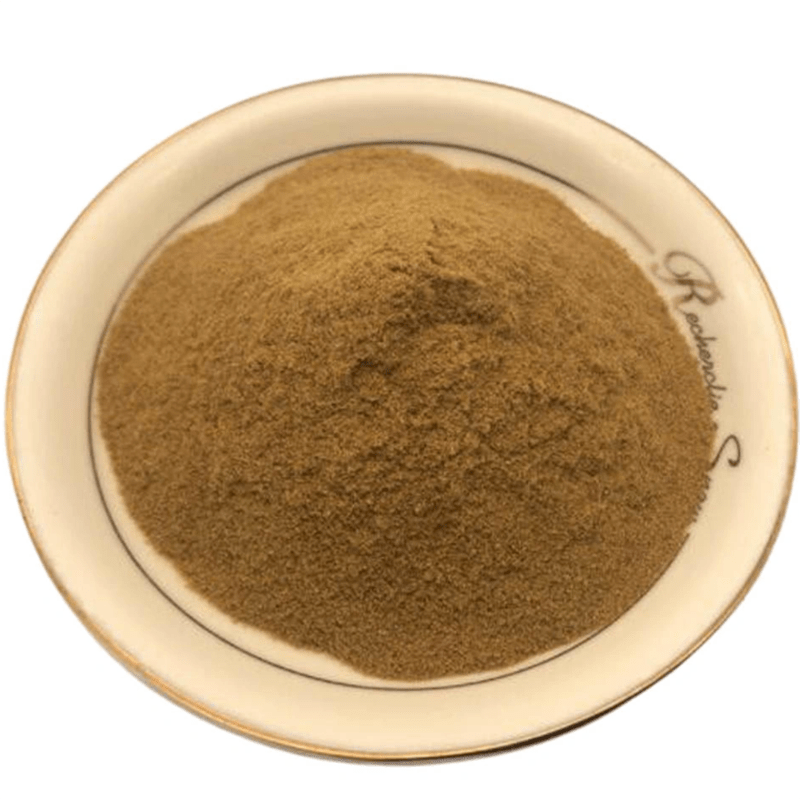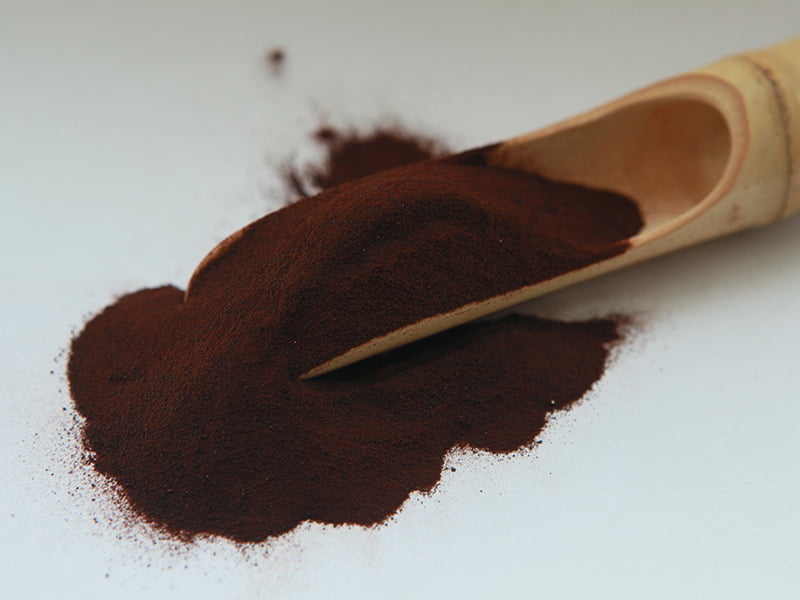Post Date:19,Sep,2022
Retarder is an admixture that can inhibit the hydration of cement and prolong the transition period of the mixture from plastic to hard state. Therefore, it can be used in commercial concrete to improve the slump retention of concrete. It is indispensable for commercial concrete. the admixture ingredients.

In fact, the role of retarders is far more than improving the plasticity of commercial concrete.
(1) Most retarders have a certain plasticizing function, and some retarders have a water-reducing effect far beyond that of commonly used superplasticizers. Tests have shown that the water-reducing effect of the commonly used sodium gluconate is several times that of the commonly used naphthalene-based superplasticizers. recognized. During high temperature construction, increase the dosage of sodium gluconate, the construction cost will not increase, because the dosage of the corresponding water reducing agent can be greatly reduced.
In fact, the role of retarders is far more than improving the plasticity of commercial concrete.
(1) Most retarders have a certain plasticizing function, and some retarders have a water-reducing effect far beyond that of commonly used superplasticizers. Tests have shown that the water-reducing effect of the commonly used sodium gluconate is several times that of the commonly used naphthalene-based superplasticizers. recognized. During high temperature construction, increase the dosage of sodium gluconate, the construction cost will not increase, because the dosage of the corresponding water reducing agent can be greatly reduced.
Excessive use of retarder in commercial concrete construction is not advisable. Excessive use of retarder in concrete will not only affect the early strength development of concrete, but also affect the construction progress. Due to the long-term plastic state of concrete, it will be exposed to wind and sun in the atmosphere, and the water on the concrete surface will be affected. A large amount of evaporation increases the water loss on the surface of the concrete, resulting in more micro-cracks. As the water loss increases, the cracks develop to the depths, the liquid level of the water in the concrete pores drops, the negative pressure generated gradually increases, and the resulting shrinkage The force causes the concrete to shrink due to water loss.

Concrete in a plastic state for a long time will cause bleeding settlement and uneven deformation between aggregates and cementitious materials. According to tests, the plastic shrinkage of concrete in a plastic state for a long time can reach 1%, which has a great impact on the quality of concrete.
Post time: Sep-19-2022

